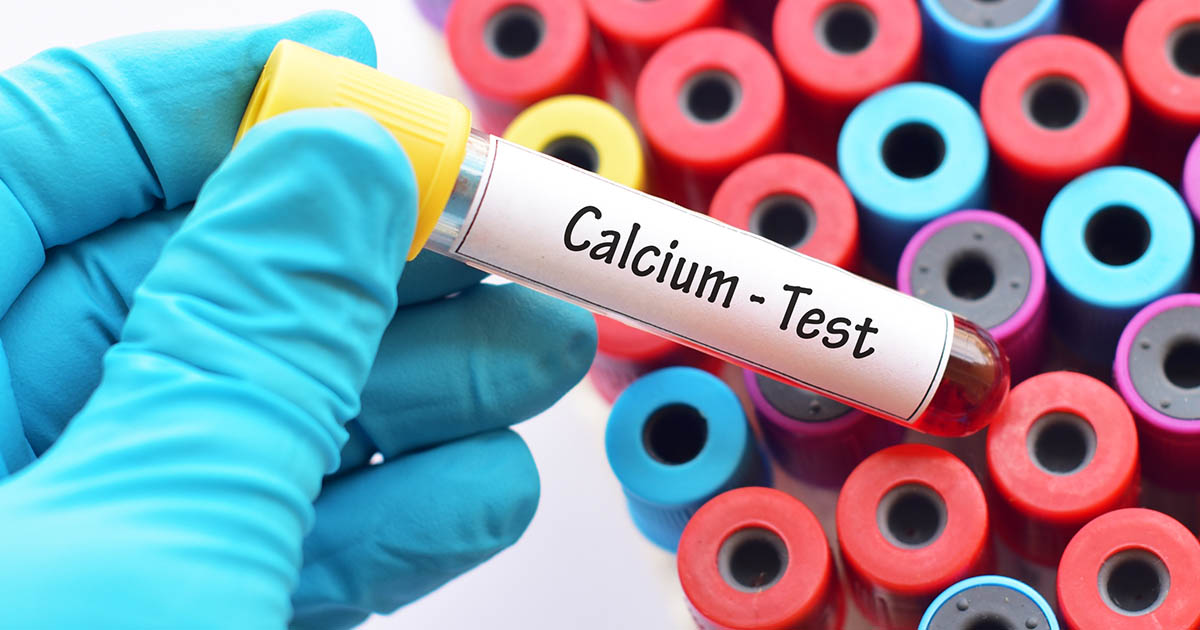Types Of Electrolyte Disorders
Compounds and elements that are naturally occurring in the body responsible for the management and facilitation of imperative physiologic functions are called electrolytes. These elements and compounds appear in the urine, blood, and bodily fluids. Electrolytes are responsible for balancing the fluid levels between the inside of the cells, the space around the cells, and in the blood. This happens because of osmosis, where fluids gravitate toward the area with the largest imbalance in the fluid to electrolyte ratio. Where ever the biggest concentration of electrolytes are, fluids come to balance it out. When there are fewer electrolytes then fluids in a given space, the fluid will move out of the area to correct the balance of the ratio. When this imbalance becomes severe on one end or the other, it is described as an electrolyte disorder. Electrolyte disorders are further broken down by individual electrolytes, the abnormally low levels of each, and the abnormally high levels of each.
Hyponatremia And Hypernatremia

Hyponatremia and hypernatremia are both considered to be sodium disorders. Hyponatremia is diagnosed when the sodium levels in the blood fall under 135 mEq per liter and hypernatremia is diagnosed when sodium levels in the blood exceed 145 mEq per liter. Hyponatremia can be caused by drinking too much water, losing too much sodium, or other medical issues. When hyponatremia occurs, the quantity of water in the body increases and results in the swelling of cells. When this happens in the brain cells, fluid can accumulate in the cerebral area and result in permanent neurologic damage, coma, or death.
Hypernatremia can be caused by the intake of too much sodium, dehydration, diuretic use, or some other form of rapid water loss. When this happens, there is an imbalance the body will attempt to correct by drawing fluids back into the bloodstream from the kidneys worsening the body's state of dehydration. If it is not treated, hypernatremia can result in severe confusion, seizures, or death.
Hypocalcemia And Hypercalcemia

Hypocalcemia and hypercalcemia are disorders related to calcium levels in the body. Hypocalcemia is a blood concentration of calcium less than 8.8 mg/dL with normal concentrations of plasma. Hypocalcemia can be caused by numerous other health conditions, medical treatments, or medications. Because sodium channels are imperative to the function of the nervous system and the heart, untreated hypocalcemia can result in seizures, brain damage, and heart failure if it is not treated.
Hypercalcemia is a blood concentration calcium higher than 10.4 mg/dL with normal concentrations of plasma. This can be caused by cancer, hyperthyroidism, vitamin D toxicity, and other medical conditions, one of which is familial hypercalciuric hypercalcemia, a genetic disorder that can result in hypercalcemia. Most often, these causes are a result of an increase of calcium in the blood by increasing the intestinal absorption and renal absorption of calcium. Untreated hypercalcemia can result in kidney stones, constipation, polyuria, severe confusion, kidney failure, irregular heartbeats, and coma.
